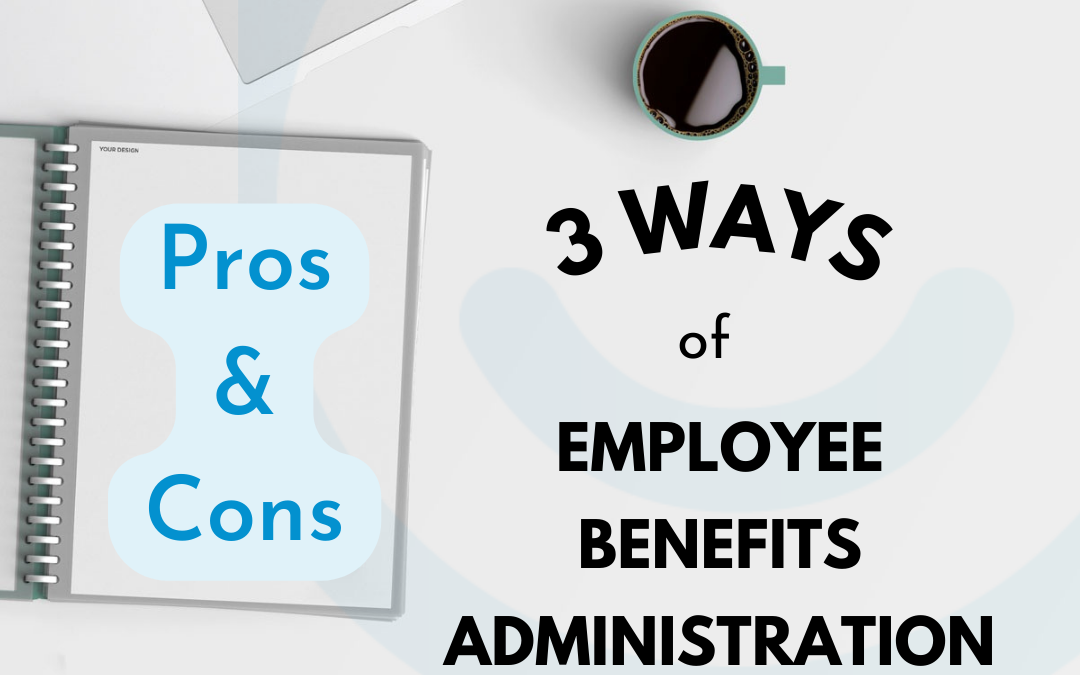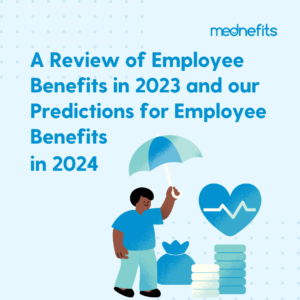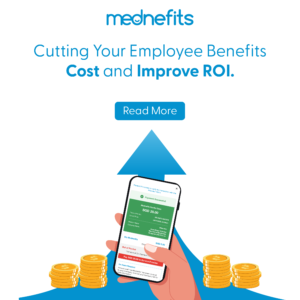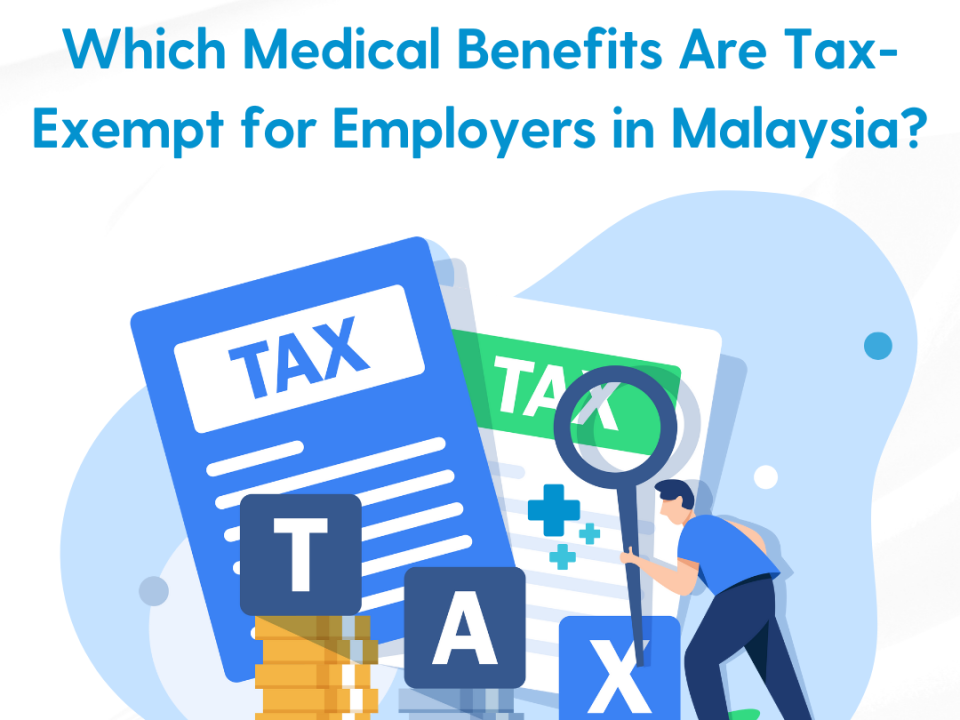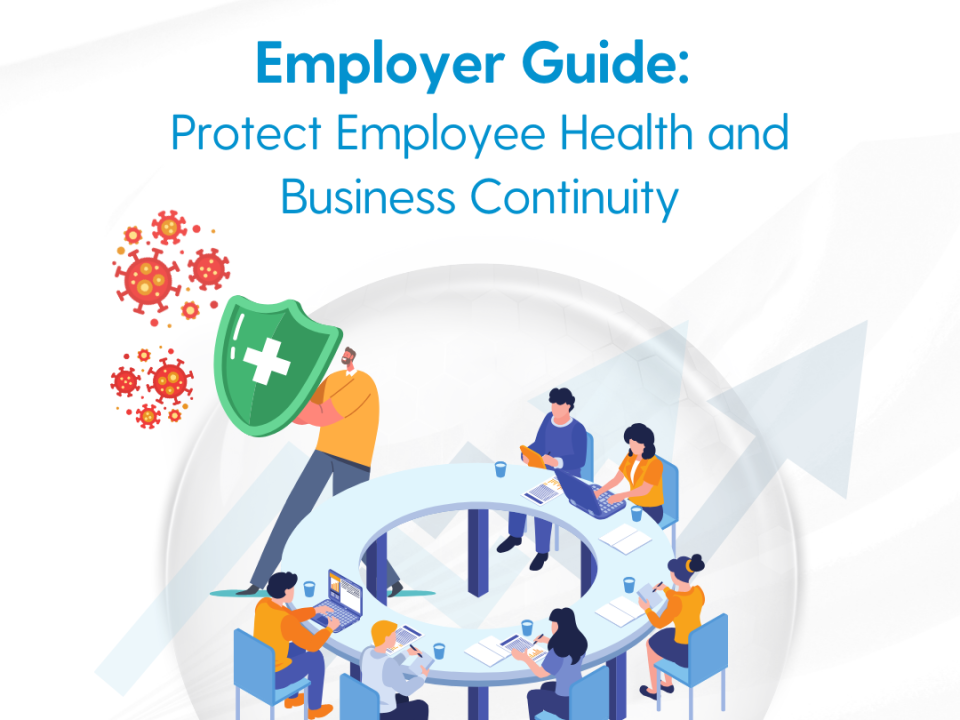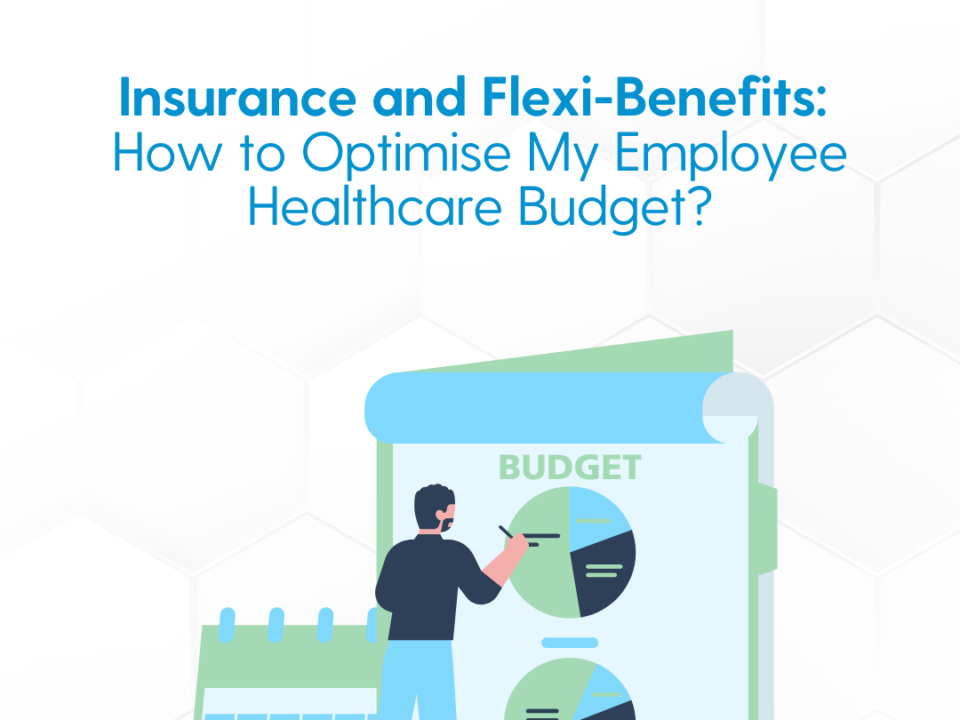
What companies need to know about hospitalisation leave in Singapore
January 10, 2023
Top 5 common mistakes employers make when using an employee benefit platform
February 9, 20233 Ways of Employee Benefits Administration – Pros and Cons
Employee Benefits
3 Ways of Employee Benefits Administration - Pros and Cons
January 25, 2023
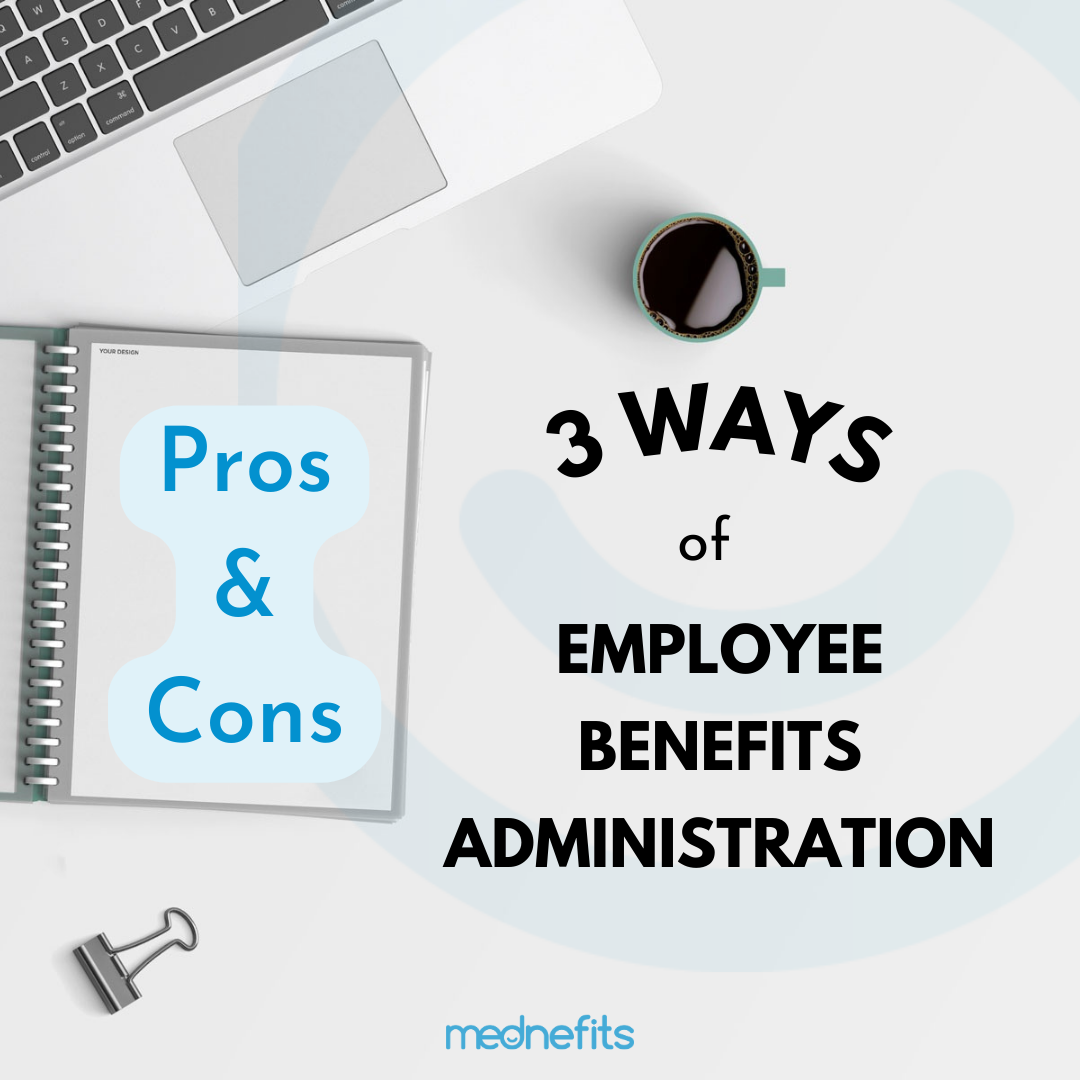
Employee benefits are a critical component of employee engagement and retention, yet many business owners and HR professionals struggle to understand which employee benefits administration model fits their businesses.
In this article, we will discuss three common employee benefits administration methods: insurance, self-funded reimbursement and flexible benefits.
We’ll explore how each model works as well as its advantages and disadvantages so you can make an informed decision about which employee benefit delivery model is right for your organisation.
Employee Benefits Through Insurance
This method of employee benefits administration involves the employer offering a set of employee benefits, such as, medical benefits, accidental death and life insurance, employee pension plans and more, via an insurance provider.
Each medical insurance plan starts with basic inpatient coverage for hospitalisation and surgery. Additional riders can be purchased on top of this plan that could cover outpatient benefits, specialist care, dental, and so on.
The employer pays the insurance provider a specific amount every year, and employees are eligible for all the stated coverage.
Advantages
- Little to zero administration work. All the administration work is handled by the insurer or third party administrator (TPA).
- Broad benefits coverage. Some insurance providers offer a wide range of benefits from health to financial wellness. Suitable for organisations who have bigger budgets and are not concerned about annual rising premiums.
- Easy to manage. The HR department needs to liaise with one person in charge for everything related to corporate medical benefits.
Disadvantages
- High starting costs. All outpatient insurance plans are bundled with inpatient insurance. Generally, employers are unable to purchase outpatient insurance on its own without first purchasing inpatient insurance.
- Wasted funds on unused benefits. Employees may not fully use the benefits that the organisation has already paid for at the beginning of the fiscal year. Furthermore, it seems that only the sick get to benefit from such coverage while the healthy employees get nothing.
- Less flexibility. You are restricted to the employee benefits provided by the insurer.
- Lack of transparency. There is no real-time data on employee benefits utilisation.
Employee Benefits Through Self-Funded Reimbursement
Also widely referred to as self-insurance arrangement, whereby an employer may set aside sufficient funds to ensure that employees’ consultation fees can be covered, or they may simply reimburse employees as expenses come.
Employees foot the bill upfront when they have visited a company-approved clinic before submitting the receipt to HRs and wait to be reimbursed. Compared to employee medical insurance plans, the reimbursement model can cover employees’ outpatient needs without purchasing an inpatient plan.
Advantages
- Have full control over the employee benefits. From administration to reimbursement, everything is under the company's control because they didn't outsource to any third parties.
- Options to offer any benefits you want. The full control also comes with you deciding the benefits you want and don't want to provide.
- Better cash flow for the company. Because the company is funding the benefits packages, they only need to pay when employees utilise them. Moreover, any unused funds can go back to the company's budget or be brought forward to the next fiscal year.
Disadvantages
- Heavy administration work. The HR department will need to process employee reimbursement requests and claims regularly, which is time and money consuming. This becomes unsustainable as the company’s headcount grows.
- Poor user experience for employees. Employees need to pay out of pocket first for the service, submit a reimbursement claim and can only get back the amount after a set period of time. In the instance where employees forget to submit claims or lose the receipt, they end up forfeiting their reimbursement.
- Risk of paying high claims for lifestyle or age-related reasons like surgery.
Employee Benefits Through Flexible Benefits
Flexible Benefits Models allows employers to have a flexible spending account with a fixed budget for each employee every year. This amount is commonly referred to as yearly entitlement dollars. Employees are given the autonomy and flexibility to manage their personal yearly entitlement according to their needs. What this also means is that the employer can get personal and creative in terms of structuring a benefits plan with benefit categories that are truly meaningful for the employee.
Employee benefits platforms like Mednefits offer flexible benefits through an app and portal that captures all transactions and creates invoices automatically. This enables employers to have 100% transparency on their benefits usage.
Advantages
- Full control over cost decisions. The company will be able to have sustainable and predictable cost projections for the business in the long-term.
- Full control of the types of benefits you want to provide, giving you prolonged competitive edge in attracting and retaining talents.
- Better cash flow for the company. Because the company is funding the benefits packages, they only need to pay when employees utilise them.
Disadvantages
- Commonly misunderstood as the same as corporate wellness programmes.
- Will significantly increase hands-on process for HRs if managed manually.
Wrapping It Up
When it comes to employee benefits administration methods, there are a variety of options available for companies in Singapore and Malaysia. Each model has its own advantages and disadvantages that must be weighed carefully before making any decision.
Self-funded reimbursement allows the employer full control over employee benefits and may be the method of choice due to cost constraints. However, if the trade-offs to saving cost does not outweigh the cons or is counter-intuitive to the company’s growth trajectory, another and/or a combination of approaches must be considered.
However, we know that weighing all the options can be a headache and it is tough to make a decision. That's why we recommend you to talk with our Benefits Specialists. Our team of experts is here to help you choose the employee benefits administration method that works best for your company. Get in touch today and we'll assist you in finding a solution that meets all your needs.
Related articles:
- 5 steps to implement flexi benefits — what it is and why it matters
- What you should know about employee benefits policies in: Singapore | Malaysia
- How to choose the right employee benefits software for your company
About Mednefits:
Mednefits helps businesses take care of their employees with its automated, affordable, and accessible employee benefits platform. Request to join Mednefits for free to help process and track claims in real-time, while controlling costs.
